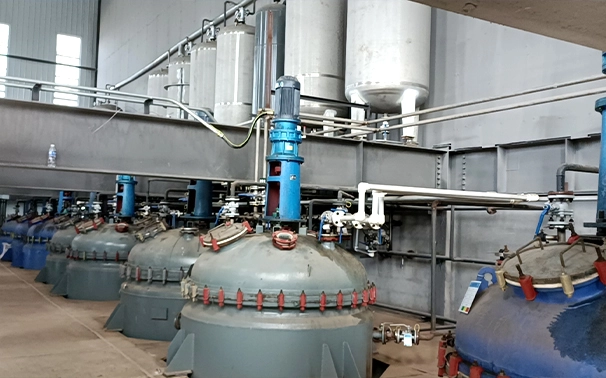Exploring the Applications and Benefits of Diethylene Triamine Penta in Industry and Research
The Versatile Applications of Diethylene Triamine Pentaacetic Acid (DTPA)
Diethylene Triamine Pentaacetic Acid, commonly referred to as DTPA, is a chelating agent known for its ability to bind metal ions in solution. With a complex molecular structure and significant chemical properties, DTPA finds numerous applications across various industries, including medicine, agriculture, and environmental science.
Chemical Structure and Properties
DTPA is comprised of a diethylene triamine backbone with five acetic acid groups (-COOH) attached. This structure allows DTPA to effectively bind with multivalent metal ions such as calcium, magnesium, and heavy metals like lead and mercury. The chelation process involves the formation of stable ring complexes, which can significantly enhance the solubility of otherwise insoluble metal compounds. This property makes DTPA a powerful tool for controlling metal ion concentrations in various applications.
Medical Applications
One of the most notable uses of DTPA is in the medical field, particularly in the treatment of heavy metal poisoning. DTPA can be administered to patients who have been exposed to toxic levels of heavy metals. By forming stable complexes with these metals, DTPA aids in their excretion from the body, thereby reducing toxicity. Moreover, it serves as a contrast agent in nuclear medicine imaging, allowing for clearer visualization of certain organs and tissues during diagnostic procedures.
DTPA is also researched for its potential in managing conditions like osteoporosis, where it can help improve the balance of essential minerals in the body. Furthermore, it is being studied for use in drug delivery systems, where its chelating properties might enhance the stability and efficacy of pharmaceutical compounds.
diethylene triamine penta

Agricultural uses
In agriculture, DTPA plays a vital role as a micronutrient chelator. It is commonly used to enhance the bioavailability of essential micronutrients like iron, zinc, and manganese in soils. By forming soluble complexes with these metals, DTPA helps ensure that plants can easily absorb them. This is particularly beneficial in alkaline soils where nutrient availability is often limited. The use of DTPA in fertilizers can lead to improved crop yields and healthier plants, thereby contributing to food security.
Environmental Applications
DTPA is also employed in environmental science, particularly in the remediation of contaminated sites. Its ability to bind heavy metals makes it useful for treating wastewater and soil contaminated with pollutants. By adding DTPA to these environments, metal ions can be removed or rendered less harmful, allowing ecosystems to recover from contamination. Additionally, DTPA is explored in processes for recovering valuable metals from industrial waste, making it an essential component in sustainable practices.
Conclusion
Diethylene Triamine Pentaacetic Acid (DTPA) is a remarkable chelating agent with a wide range of applications across various fields. Its ability to bind metal ions makes it invaluable in medical treatments, agricultural practices, and environmental remediation. As research continues to unveil new uses and enhance existing applications, DTPA is poised to play an even more significant role in addressing some of the pressing challenges in health, food production, and environmental sustainability. Its versatility and effectiveness make DTPA not just a chemical compound, but a crucial ally in our quest for a healthier and more sustainable world.
-
Pbtc Scale InhibitorPBTC: A Scale Protector for Industrial Water TreatmentNewsAug.05,2025
-
Organic Phosphonate: An Efficient Defender in the Field of Scale InhibitionNewsAug.05,2025
-
Hydrolyzed Polymaleic Anhydride: Green Pioneer in Scale Inhibition FieldNewsAug.05,2025
-
PAPEMP Polyamino Polyether Methylene Phosphonic Acid For SaleNewsAug.05,2025
-
Flocculant Water Treatment: A Pioneer in Purification in the Field of Water TreatmentNewsAug.05,2025
-
Benzyl Isothiazolinone: An Efficient and Broad-Spectrum Antibacterial Protective GuardNewsAug.05,2025





